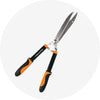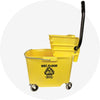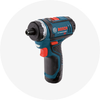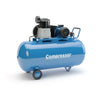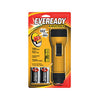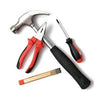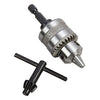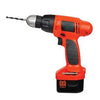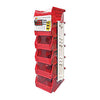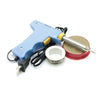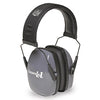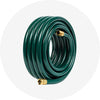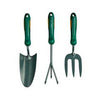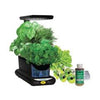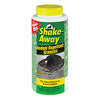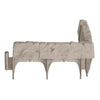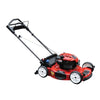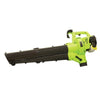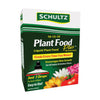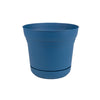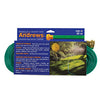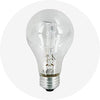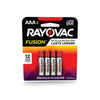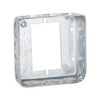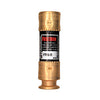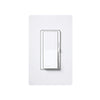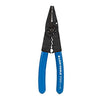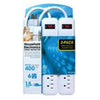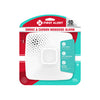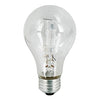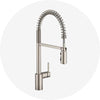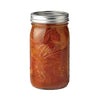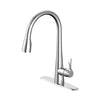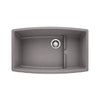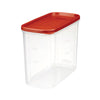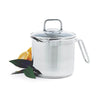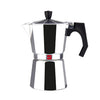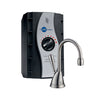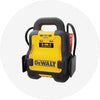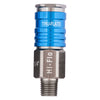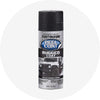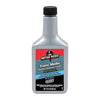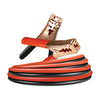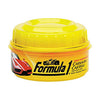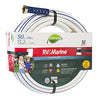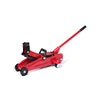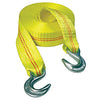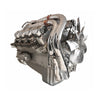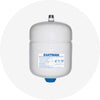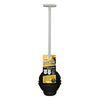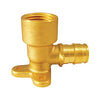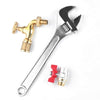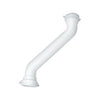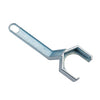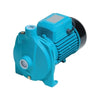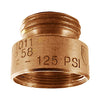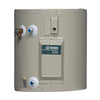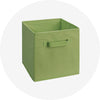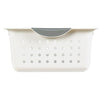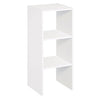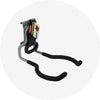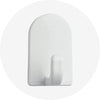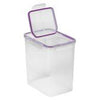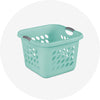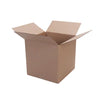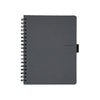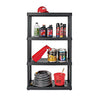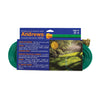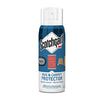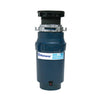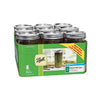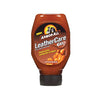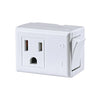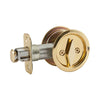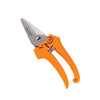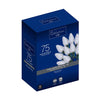How to use a paint sprayer? Learn how and the reasons to choose it
∙ min read

Are you looking to achieve a smooth, professional finish on your surfaces in less time? Whether you’re a DIY enthusiast or a contractor managing large-scale projects, mastering a paint sprayer can transform how you apply paint.
This Max Warehouse article explains why you should use a paint sprayer and the key steps to get the most out of this tool. This way, you can achieve flawless results in both home projects and commercial jobs.
4 reasons to use a paint sprayer for walls
Although it may seem like a strange or difficult tool to use, that’s not the case. Plus, it offers advantages you’ll notice at home or in your business.
- Unlike brushes and rollers, a paint sprayer allows you to apply paint more evenly, eliminating brush strokes, bubbles, or irregular lines, resulting in a more professional finish.
- You can cover large areas in less time, making it an ideal tool for both small projects and large-scale renovations. This is especially useful if you’re working on tight deadlines or must paint multiple rooms.
- It gives you access to challenging surfaces like corners, moldings, and irregular textures, which can be hard to paint with traditional methods. A sprayer allows you to achieve a consistent finish on all surfaces.
- Although it may seem otherwise, sprayers tend to save paint by applying a thin, controlled layer, reducing waste from drips or splatters that commonly occur with brushes.
These reasons make paint sprayers an attractive option for those looking to enhance the appearance of their home or for professionals managing more complex projects. If you still have doubts about their efficiency and how to use them, check out the following guide on using this tool.
How to use a paint sprayer?
To use it effectively and safely, it’s essential to follow some key steps to ensure a professional finish. Remember that each device will have specific instructions, but here’s a general use process.
- Preparing the area
Before you begin, cover all surfaces you don’t want to paint, as you would traditionally. Use painter’s tape to cover baseboards, windows, and door frames, and place plastic sheets or newspaper on the floor and blankets on nearby furniture. This will prevent unnecessary splatters, especially if using a sprayer for the first time.
If you’re painting metal, wood, or any other material, consider sanding the surface and applying a primer.
- Diluting the paint if necessary
Some sprayers require the paint to be diluted to flow correctly through the nozzle. Always check the manufacturer’s instructions and adjust the paint consistency as indicated.
- Testing and adjusting the spray
Before you start painting the walls, do a test on a piece of cardboard or a small section of the wall. This will allow you to adjust the pressure, flow, and spray pattern (horizontal or vertical) to get used to the tool and achieve your desired finish.
- Maintain a constant distance
It’s crucial to keep the sprayer at a consistent distance from the wall, usually between 15 and 30 cm, depending on the type of sprayer and the finish you’re aiming for. A good tip is to avoid moving your wrist; instead, keep a smooth, even motion using your entire arm for a firm application.
- Paint in thin layers
Applying several thin coats of paint rather than one thick coat is better. Thin layers dry faster, reduce the risk of dripping, and provide a cleaner finish. Also, allow each coat to dry completely before applying the next.
- Cleaning the equipment
Once you’ve finished, it’s essential to thoroughly clean the sprayer to prevent paint from drying inside and clogging the equipment. Follow the manufacturer’s instructions for disassembling and cleaning each component with the appropriate thinner.
By following these steps, you’ll be able to master using a paint sprayer and achieve professional results in your projects, whether at home or for your clients.

Find the best paint sprayers at Max Warehouse
We offer a wide selection of paint sprayers and paint spray gun accessories designed to meet the needs of all types of projects. Our models feature various options, such as pressure adjustments, customizable spray patterns, and easy-to-clean systems, so you can choose the one that best suits your requirements. In our catalog, you can find the following models:
- Wagner Flexio 590 Handheld Paint Sprayer, 5 psi: Their X-boost turbine produces unmatched power to spray interior and exterior paint with an unparalleled finish. It also provides adjustable control, full coverage, and low overspray. It includes a handheld paint sprayer with two nozzles suitable for any project.
- Wagner Opti-Stain Plastic 3 PSI HVLP Outdoor Electric Paint Sprayer 10.8 H x 11 W in: This paint sprayer is ideal for small, light-duty staining projects. The stain sprayer uses HVLP (High Volume, Low Pressure) air power technology to spray thin materials. This Wagner paint sprayer is perfect for staining decks, fences, and wood furniture.
- Wagner Control Pro 130 1600 psi Metal Gravity-Feed Paint Sprayer: It delivers consistent paint flow with reduced overspray, making it ideal for painting large surfaces like walls, decks, and fences. The gravity-feed design ensures efficient paint delivery with easy clean-up. The sprayer is compatible with various coatings, from latex paints to stains, and operates at 1600 PSI for even coverage.
- Graco Fully Adjustable Pressure High-Speed X7 Cart Airless Paint Sprayer for Fences & Small Houses: Made of metal, this Graco airless paint sprayer has a single tip. It tackles any interior project, exterior houses, fences, and decks effortlessly.
Whether you’re looking for a lightweight tool for small projects or a powerful sprayer for large surfaces, you’ll find reliable options here, along with paint tools and supplies, to help you achieve a flawless job.
Everything You Need for a Flawless Finish – Explore Paint Supplies Now!
Sources:
- https://www.instructables.com/Learn-How-to-Paint-With-an-Air-Spray-Gun/
- https://www.wagner-group.com/uk/do-it-yourself/companion/why-its-better-to-spray/
